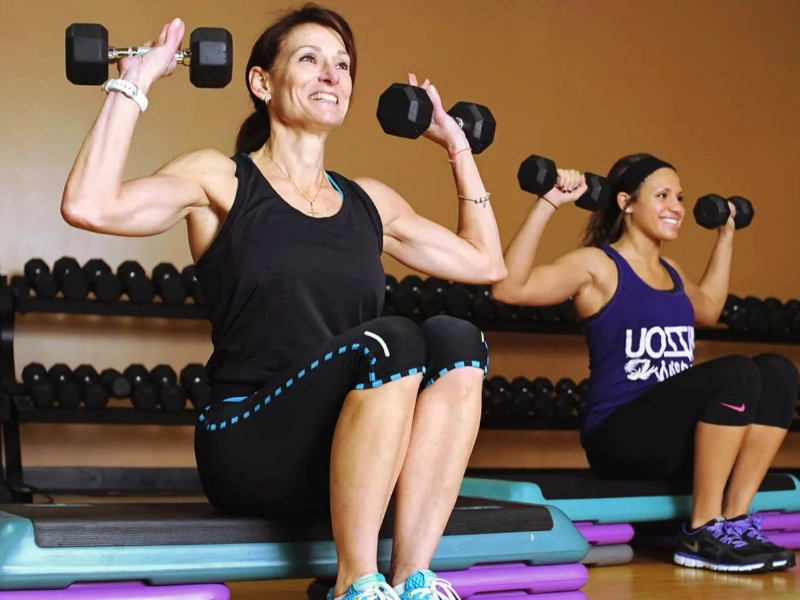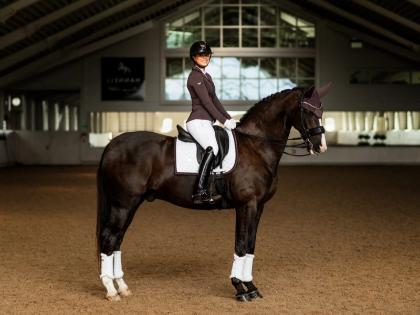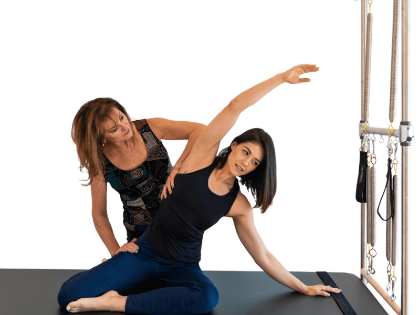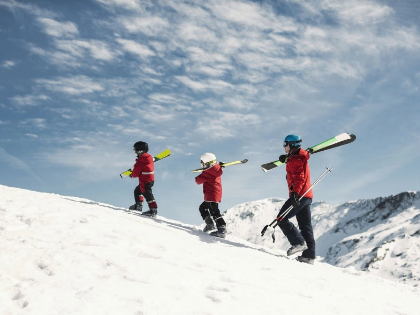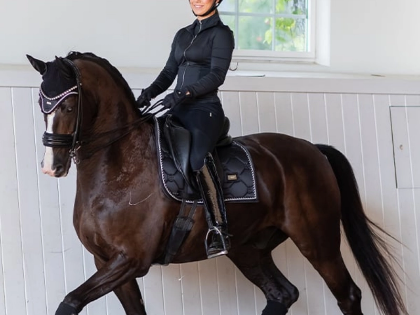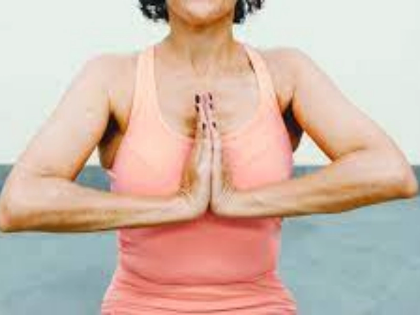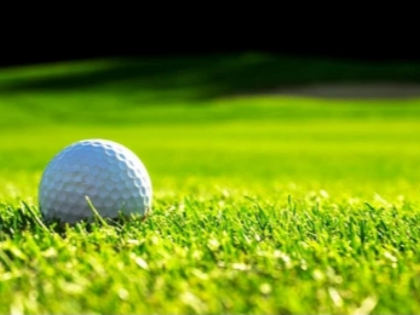How to Become a Better Rider: Methods for Enhanced Form
It is common for riders to adopt positions that don't feel or look right, but after time, the body becomes accustomed to them. Even slight variations like these can result in weak core muscles or back pain. When viewed from the side, a line across the ear, shoulder, hip, and heel should be straight. This indicates that the position is correct. It is a necessary part of biking efficiently.
Put your heels down.
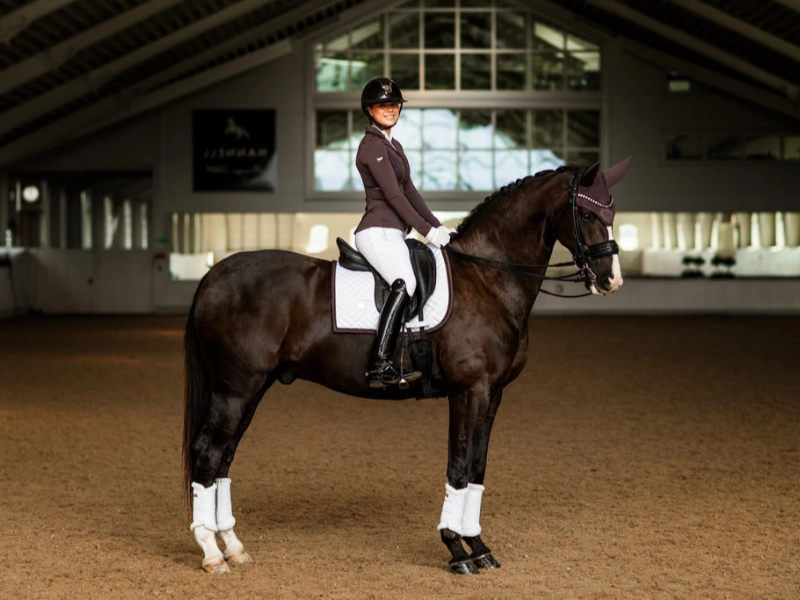
Take a Tall Position
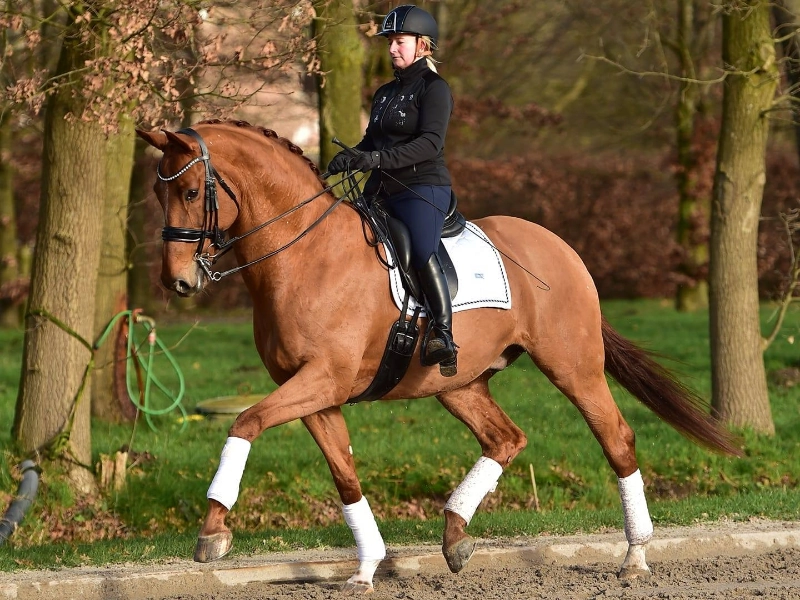 Maintaining a comfortable stance and equally distributing your weight across both seat bones are crucial. This is a crucial component of proper posture and balance that some riders may find difficult to attain.
Although it's popular, leaning forward in the seat does not promote a balanced or efficient riding position. Riding ahead could cause a rider to tumble off if the horse stops suddenly.
Sitting higher can be achieved by maintaining a straight back and relaxed shoulders. Making a conscious effort to address this is the greatest approach to achieve it. Examine your sitting posture, get up and stretch, and engage in yoga and stretching techniques that enhance alignment and core strength.
To develop your core muscles, you might also attempt a floor child's position. This can help you ride more confidently by encouraging a taller posture and improved alignment. This week, pay attention to your posture and how it impacts both you and your horse as a rider.
Maintaining a comfortable stance and equally distributing your weight across both seat bones are crucial. This is a crucial component of proper posture and balance that some riders may find difficult to attain.
Although it's popular, leaning forward in the seat does not promote a balanced or efficient riding position. Riding ahead could cause a rider to tumble off if the horse stops suddenly.
Sitting higher can be achieved by maintaining a straight back and relaxed shoulders. Making a conscious effort to address this is the greatest approach to achieve it. Examine your sitting posture, get up and stretch, and engage in yoga and stretching techniques that enhance alignment and core strength.
To develop your core muscles, you might also attempt a floor child's position. This can help you ride more confidently by encouraging a taller posture and improved alignment. This week, pay attention to your posture and how it impacts both you and your horse as a rider.
Don't raise your shoulders.
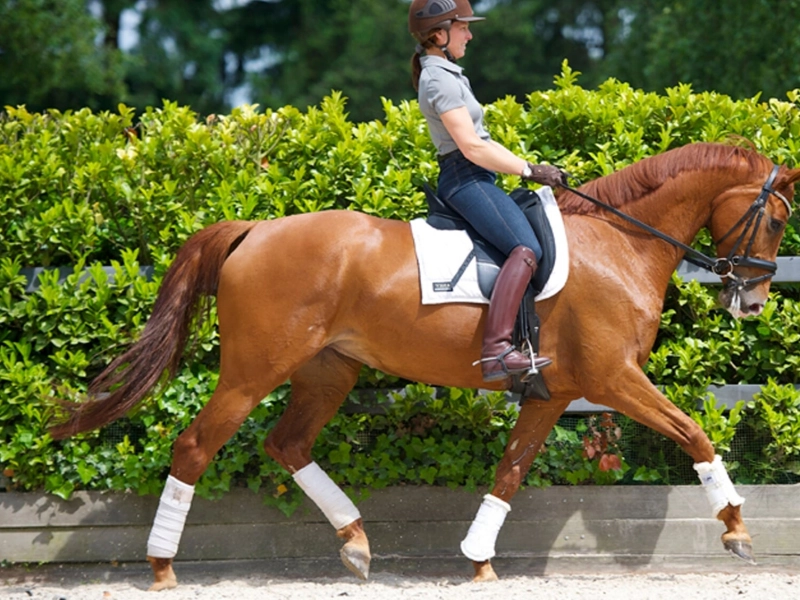 The lines of your ear, shoulder, hip, and heel should all be vertical when viewed from the side. When a rider's knees are in front of this line and their feet protrude as though they are sitting on a chair, it is a common riding error known as chair seat. This throws off the rider's weight distribution and makes it challenging to keep up with the horse's moves.
Aim to sit with your knees tucked in against the saddle rather than protruding. To ride in the proper position naturally, it takes some time and practice, but the effort is well worth it. Maintaining proper posture makes a rider stronger, healthier, and more flexible by reducing back pain, enhancing balance, and strengthening core muscles.
Pay attention to your posture both at the farm and during your regular activities. Small variations over time compound to create a large imbalance that can seriously affect the comfort, health, and performance of your horse.
The lines of your ear, shoulder, hip, and heel should all be vertical when viewed from the side. When a rider's knees are in front of this line and their feet protrude as though they are sitting on a chair, it is a common riding error known as chair seat. This throws off the rider's weight distribution and makes it challenging to keep up with the horse's moves.
Aim to sit with your knees tucked in against the saddle rather than protruding. To ride in the proper position naturally, it takes some time and practice, but the effort is well worth it. Maintaining proper posture makes a rider stronger, healthier, and more flexible by reducing back pain, enhancing balance, and strengthening core muscles.
Pay attention to your posture both at the farm and during your regular activities. Small variations over time compound to create a large imbalance that can seriously affect the comfort, health, and performance of your horse.
Look Forward
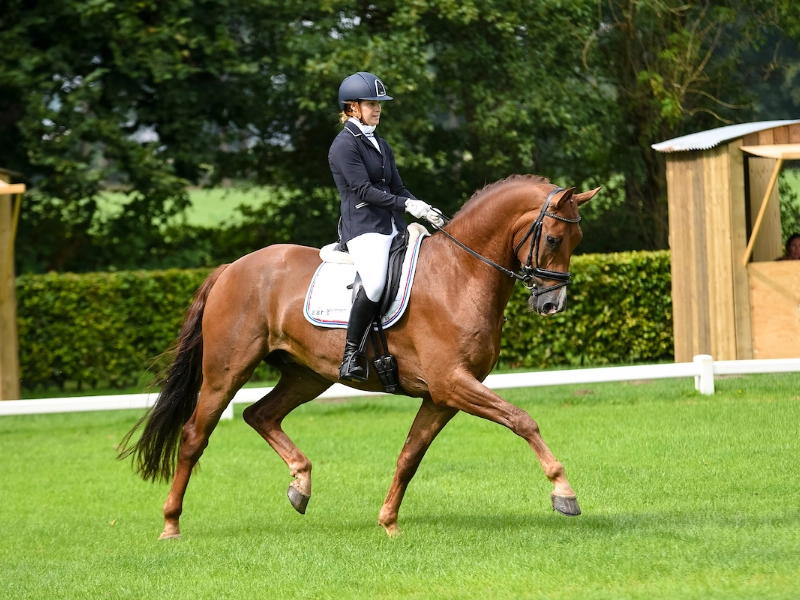 It's crucial to keep in mind that while you're in the saddle, your arms and legs can only communicate with the horse if you're upright and balanced. Even the world's top dressage riders occasionally let their posture to lapse, which can significantly reduce their effectiveness as a rider.
One common mistake, for instance, is to allow your shoulders to sink into heavy elbows. This throws you off balance and causes you to press too hard during the contact. Maintaining a straight upper body from your ears to your shoulder, chest, and sternum is the answer.
You'll experience an elastic sensation running through your legs if you follow this advice and don't brace your heels. This will enable you to level your seat so that you may use a little rein aid to let your horse express himself and maintain balance. We are hoping for this from our cyclists.
It's crucial to keep in mind that while you're in the saddle, your arms and legs can only communicate with the horse if you're upright and balanced. Even the world's top dressage riders occasionally let their posture to lapse, which can significantly reduce their effectiveness as a rider.
One common mistake, for instance, is to allow your shoulders to sink into heavy elbows. This throws you off balance and causes you to press too hard during the contact. Maintaining a straight upper body from your ears to your shoulder, chest, and sternum is the answer.
You'll experience an elastic sensation running through your legs if you follow this advice and don't brace your heels. This will enable you to level your seat so that you may use a little rein aid to let your horse express himself and maintain balance. We are hoping for this from our cyclists.

